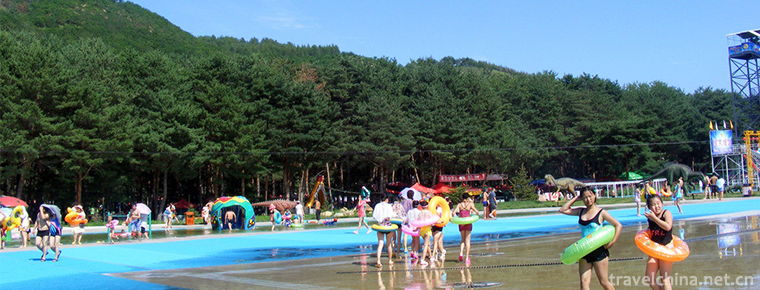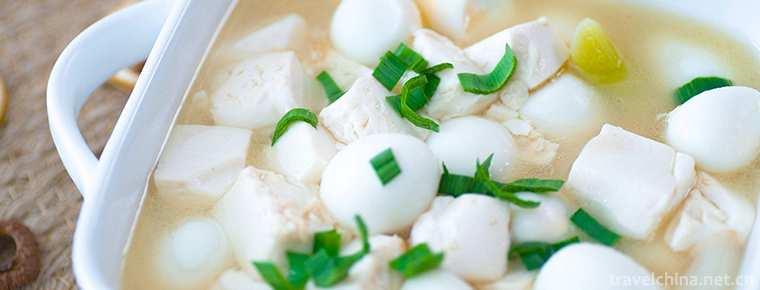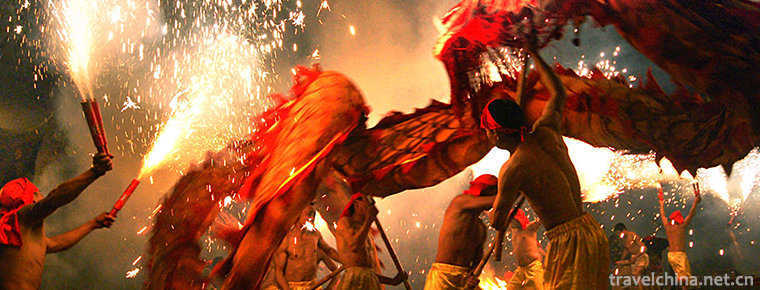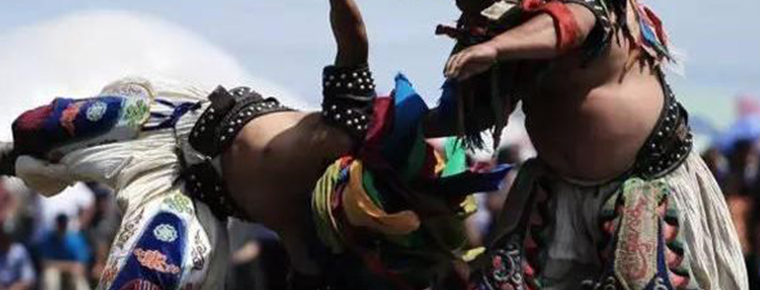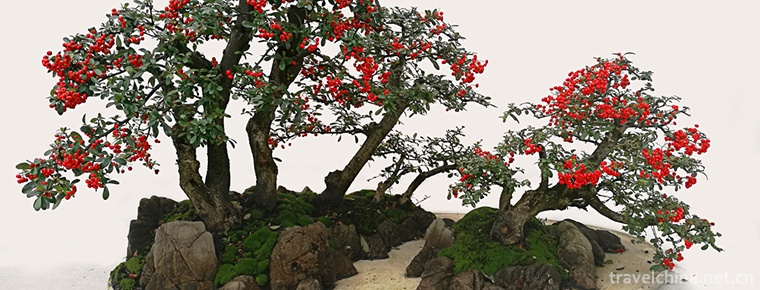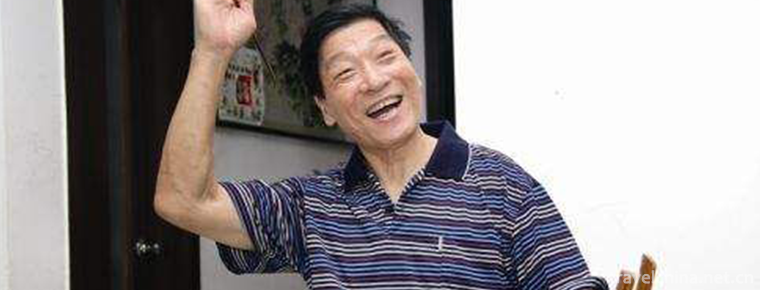Mongolian embroidery
Mongolian embroidery
Mongolian embroidery is a kind of handicraft craft formed in the long-term production and life of the Mongolian people in China. Mongolian embroidery not only embroiders on soft fabrics, but also embroiders on hard fabrics such as wool felt and leather boots with camel wool thread and cattle tendon. From the point of view of embroidery needle method, the thimble used by Mongolian women in embroidery is different from that used by working women of farming nationalities. Mongolian embroidery art wins with dignity and simplicity. The applique method of its large fabrics, rough and symmetrical stitching, bright contrast color, give people a sense of fullness and fullness. In 2008, it was selected as the second batch of national intangible cultural heritage catalogues in China.
Inheritance mode
Since ancient times, there have been traditional customs in Mongolian women who are good at embroidery. In ancient times, both Mongolian noble women and poor women learned to master embroidery. Mongolian girls learn embroidery from an early age and master the skills of needlework at home. Of course, this kind of learning is not guided by special schools and teachers. It is mainly inspired and trained by mother's skilled needlework and embroidery. Girls began to learn embroidery from their teens. They embroidered various purses and socks at the beginning. When they mastered certain embroidery methods at the age of fifteen or sixteen, they began embroidering various kinds of flower shoes and mohair boots. At the same time, they could cut various clothes. Some smart and capable girls were not satisfied with the embroidery skills they had learned from their mothers, so they sought advice from some skilled embroidery experts in the village, who called them sisters and from her. They patiently learn all kinds of superb embroidery skills, sew all kinds of clothes and hats, learn how to embroider all kinds of sleeves, skirts and earmuffs, embroider all kinds of flowers, birds and animals on all kinds of substrates, and all kinds of patterns they like. Some girls are praised by the people around them for the beauty of embroidery, and at the same time arouse the admiration of other girls. The clothes and hats, flower shoes, boots, needles, bowls and bags, pillowcases, saddles, dense sewing felt (embroidered felt), door curtains and other daily necessities used by the Mongolian people are carefully designed and embroidered with their own hands. Therefore, the workload of embroidery and needlework in the families of Mongolian girls and women is very heavy.
In ancient Mongolian society, there was no sale of clothes and hats and other daily necessities. All kinds of articles and embroidery were borne by women in every family, because they were made according to different objects and physical conditions. When the daughter of the family is seventeen or eighteen or twenty years old, when her embroidery ability is relatively skilled, she should learn embroidery further and teach her family at the same time. Before getting married, she should make a pair of "Spuden Gautura" for everyone in her mother-in-law's family. This kind of "Spuden Gautura" is a gift that she brings to her mother-in-law's family. From the general family, she also has to make more than fifty pairs of shoes and boots. The boots, especially for the groom, should be made more carefully. Their shapes and patterns are also very exquisite. The embroidery skills are also very fine. At the same time, the groom should be meticulously embroidered with eight fluttering cigarette purses, which were made before he got married. (These habits are particularly prominent in the eastern Mongolian Banner County.) The embroidery of these boots is often used to measure the girl's intelligence and ability.
In the use of patterns, each nation has its own characteristics. Because of its own customs and habits, each nation often gives a particular flower and pattern a special meaning, and thus produces a special interest. When embroidering, Mongolian people often choose their favorite patterns, various pan-sausage patterns, apricot, peony, Jiangxi wax, lotus, peach, fish, horse, deer, butterflies and birds, as well as all kinds of patterns (Tumen He) and so on. Some more sophisticated families also embroidered tents, bedding sheets, and some girls in some areas wore green flower shoes when they married to symbolize the prosperity of the grassland.
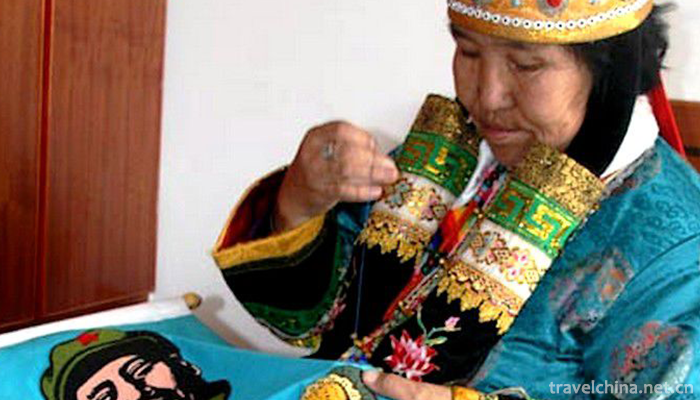
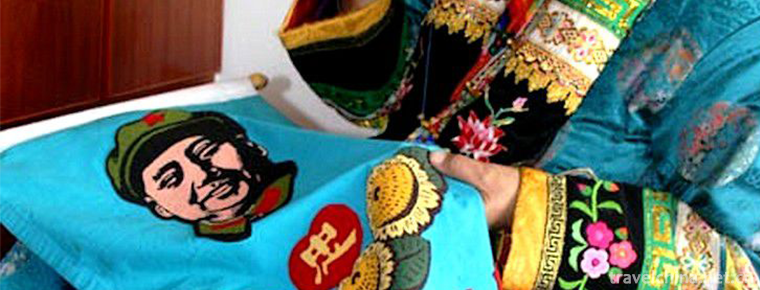
Mongolian embroidery
-
Online Shopping
Online shopping is to retrieve commodity information through the Internet, and send out shopping requests through electronic order forms, then fill in the number
Views: 244 Time 2018-11-13 -
Shennong Mountain Scenic Area
Shennong Mountain Scenic Area is a national AAAAA-level tourist area, located in Zhaozhai Village, Ziling Town, Qinyang City, Jiaozuo City, Henan Province, 25 kilometers northwest of the Taihang Mount
Views: 239 Time 2018-12-17 -
Yilong Water Custom Park
Yilong Water Custom Park was built in 1996, covering an area of 100 hectares. It was solely operated by individuals and formally opened in June 1997.
Views: 382 Time 2018-12-22 -
Sunan Wenshu Temple Scenic Spot
The Sunan Wenshu Temple scenic spot is located at the foot of the Suzhu Chain, the main peak of Qilian Mountain in Sunan County, Gansu Province. It is a national key cultural relic protection unit and
Views: 193 Time 2019-02-13 -
Quail egg soup
Quail egg soup is a delicacy made of quail eggs, shrimps, etc.
Views: 256 Time 2019-03-24 -
Dragon Dance
Dragon dance, also known as "Dragon Dance", is also called "Dragon Dance", "Dragon Lantern Dance" or "Dragon Dance Lantern Dance", one of the traditional Chines
Views: 141 Time 2019-05-14 -
Nadam
Nadamu is Mongolian, also known as Nair. Nadamu is a Mongolian transliteration, meaning "entertainment, games" to express the joy of harvest. The Nadamu Congress is a traditional festival wi
Views: 91 Time 2019-06-06 -
The technical skill of penjing
Bonsai art refers to the Soviet bonsai art, which originated in the Tang Dynasty, flourished in the Ming Dynasty, matured in the Qing Dynasty, and developed in modern times. Since the 1980s, Suzhou Bo
Views: 254 Time 2019-06-09 -
Wenzhou Drum Ci
Wenzhou Drum Ci, also known as "Quci" or "Blind Ci", commonly known as "Singing Ci", is the largest type of opera in southern Zhejiang Province, and also one of the main
Views: 212 Time 2019-06-28 -
Jiushi Scenic Area
Jiushi scenic area is located in Anning Township, Longmatan District, 8 km away from Luzhou city. It is named after the nine peaks in the scenic area, which are shaped like lions.
Views: 176 Time 2020-10-15 -
Tips for Chengdu Tourism
Views: 152 Time 2020-11-28 -
Ecological environment of Luzhou
On July 5, 2019, the Ministry of ecology and environment of the people's Republic of China announced the special investigation of black and odorous water bodies in the first stage of overall planning and strengthening supervision in 2019. Luzhou was listed in the "list of cities whose
Views: 360 Time 2020-12-14


